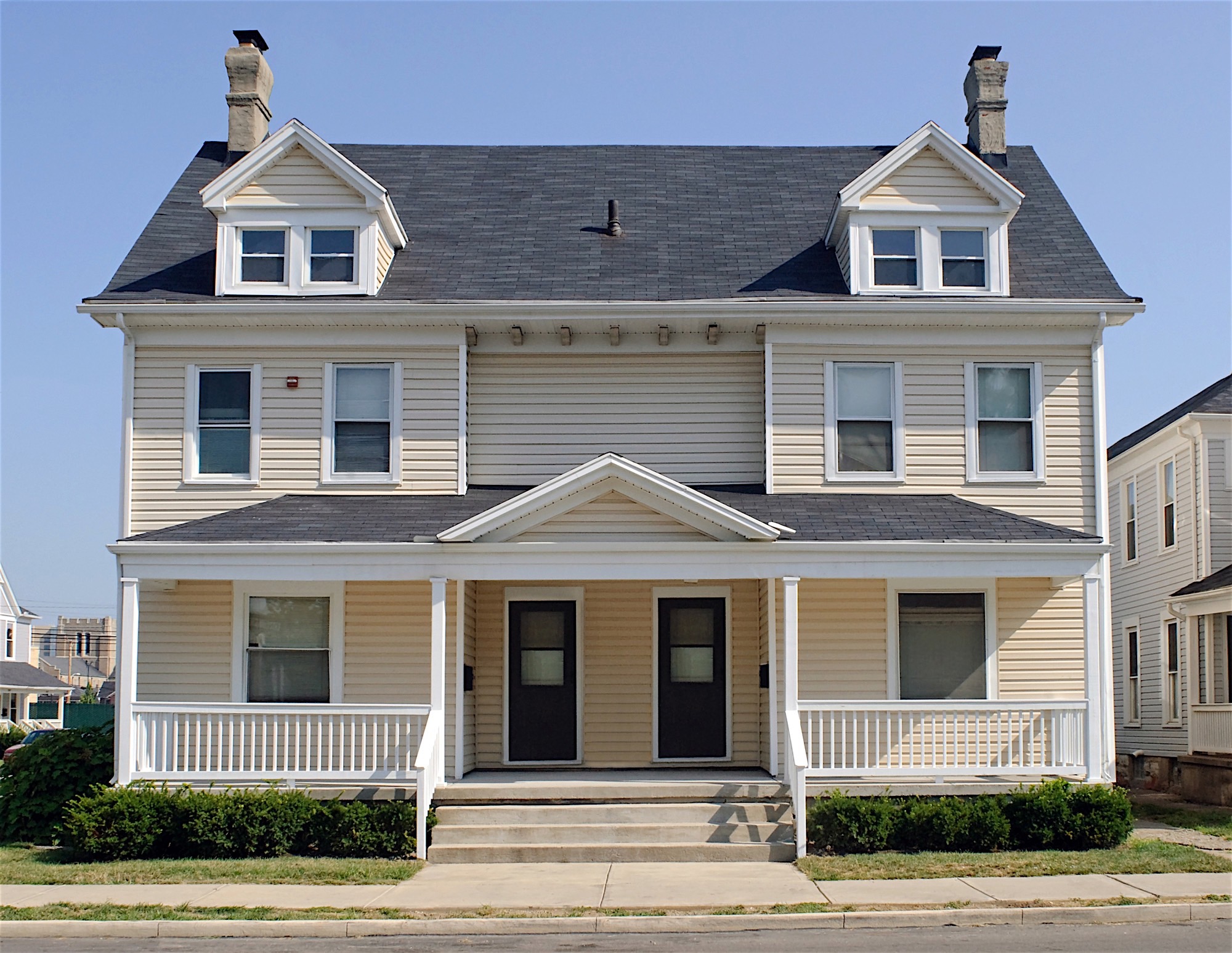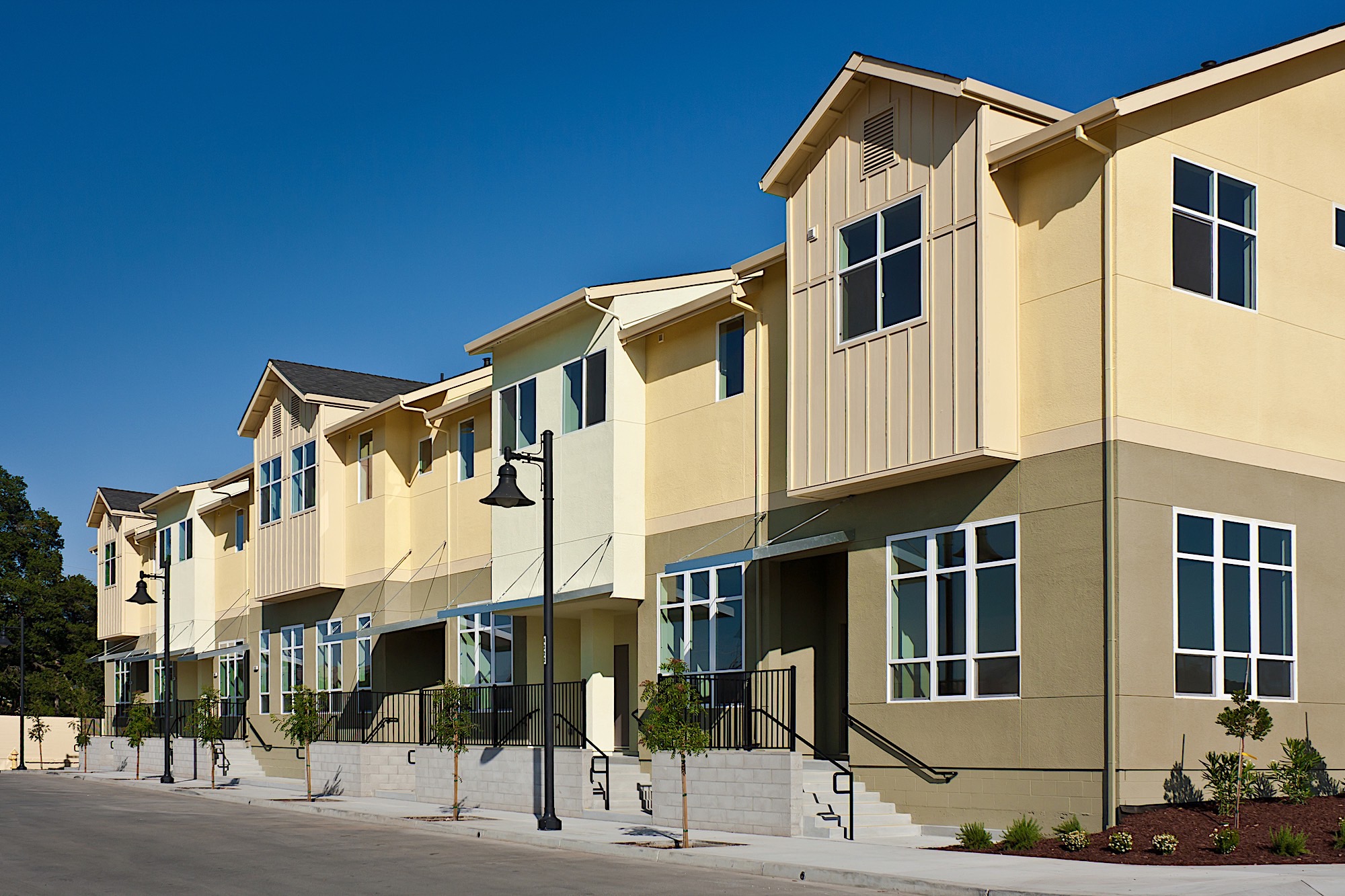Have you ever asked yourself, “what is owner occupied multi family real estate?” It doesn’t matter if you’re new to investing or a seasoned pro; this investment strategy can be more difficult to comprehend. Lucky for you, we’ve got a list of the pros and cons to help you better understand whether this investing style is for you. If you want lower mortgage payments, better financing options, and property management easy, multi family real estate would be an excellent addition to your portfolio. If, on the other hand, you don’t want to have to deal with finding and evicting tenants, tenant complaints, and potential conflicts of interest, you may be better off steering clear of this strategy.
Many new to real estate investing – as well as first-time homebuyers – choose duplexes, triplexes, and even “four-plexes” as their initial buy, and doing so is associated with both pros and cons.
What Does Owner Occupied Mean?
As the name leads many to believe, owner occupied suggests a property owner also lives in the same property as their primary residence. For example, when an investor purchases a multi family property and chooses to live in one of the units while renting others out, the property is classified as “owner occupied.” However, it is worth noting that many people have the same question regarding these assets: How long do you have to live in an owner occupied home for it to be considered as much? To be classified as an owner occupied home, not only does the property need to be the owner’s primary residence, but they need to live in it for at least two consecutive years. This distinction is helpful for investors to know, as many types of mortgage loans include owner occupancy as an eligibility requirement.
[ Thinking about investing in real estate? Register to attend a FREE online real estate class and learn how to get started investing in real estate. ]

Owner Occupied Multi Family Real Estate Benefits
-
You can use your monthly cashflow to pay the property’s mortgage.
-
Lenders typically offer more favorable loan interest rates to those purchasing a primary residence.
-
Property management is easy!
Easier financing, property management convenience, and free-living are just three reasons why owner occupied multi family real estate investing is a strategy that has the potential to benefit you and your business. For beginner investors, it can be a great way to ease into a first investment property, where one gets to learn how to manage a rental property on the job. Learn more by understanding the following positives.
Inexpensive Investment
Even buying just a duplex as your first real estate investing move (while living on one side, of course) can be incredibly powerful. If you’ve found the right property and you are amidst a thriving rental market, the rent money from the other unit has to potential to cover the entire mortgage payment, thus allowing you to live payment-free until the property is finally paid off.
If you are a first-time homebuyer, you will only have to put down a 3.5 percent payment (which is easy to do if you’ve been saving) and the incoming rent you will receive from tenants will help you qualify for a much larger loan. One easy way to get started today is by checking to see if you can get pre-approved. This way, once you are ready to make your purchase, nothing will hold you back.
Owner Occupied Multi Family Financing
One- to four-unit owner occupied properties can be much easier and more attractive to finance than even single-family homes, which are purely to be used as investment properties. It can mean a smaller down payment (or even 100 percent financing), better interest rates, and easier qualification requirements.
Property Management Ease
You’ll never be stuck guessing about what is going on with your real estate investment holdings. You’ll be right next door, conveniently positioned to collect rent and make sure your property is being taken care of.
Investing in passive income can be a great way to secure future financial freedom, but keeping track of your property from afar can increase issues. When you live right next door, you’ll never have to wonder whether or not your property is maintaining good shape. When tenants know their landlord is living next door, they will be more likely to treat the property as if it was their own.

Owner Occupied Multi Family Real Estate Drawbacks
-
Tenants could be difficult to work with
-
It can be hard to find prospective renters
-
Conflicts of interest may occur.
While owner occupied investing can be a great way to get your real estate career started, it doesn’t come without challenges. These obstacles will either send you running for the hills or the finish line. Read on to discover whether or not you’re ready to take it to the next level.
Tenant Complaints
Simultaneously, being so close to your tenants makes it far easier for them to complain at any time of the day or night, which can actually increase your repair and maintenance costs, not to mention being a huge pain.
One way to avoid this issue is by giving your tenants strict rules regarding when and how they can submit maintenance requests. Enforce traditional business hours (and perhaps even a mailbox system) to ensure tenants treat your time with respect.
Renter Restrictions
Many potential renters aren’t going to want to live somewhere where the landlord lives onsite. They want the freedom to make noise or throw parties or pay rent late (receiving a late fee, of course). To impress prospective tenants, advertise a list of amenities your home offers. What makes your property better than your neighbors? Is your rent price competitive? Will you offer to pay for utilities? Require a strict screening process and be transparent with those who apply. Consider how they must be feeling and reassure them that you are not there to act as a micro-manager. So long as your property has plenty to offer, potential tenants will flock.
Conflicts Of Interest
Even if you find great tenants, problems can still arise. Building close personal relationships with your renters can make it difficult to be objective about your real estate investing and make purely business-based decisions.
The last thing any homeowner/landlord wants is to get taken advantage of by their tenants and/or lose a friend. Escape this problem by either setting boundaries between you and your tenants or choosing a tenant you truly trust (think, a close friend or family member.) Whomever you select as your next tenant needs to understand your role in the transaction. As long as you are upfront from the start, conflicts of interest should not occur.

Navigating Owner Occupied Multi Family Financing
For first-time home buyers, owner occupied properties can be a gateway to homeownership and real estate investing at the same time. This is because there are numerous financing options available for first-time property owners that also allow for multi-family properties. Mortgage lenders tend to provide more favorable interest rates and lending terms for primary residences. They are commonly thought to be better cared for — and therefore less risky — than rental properties. It turns out this has resulted in multiple options for aspiring homebuyers hoping to purchase a multi family property. Here are the most common loans for financing owner occupied multi family homes:
-
FHA Loan: the Federal Housing Administration offers FHA loans to first-time homebuyers who are planning to live in one of their multi family property’s units. They are designed to help low-to-moderate income borrowers buy a home they may not have otherwise been able to. This government-backed loan can be used on a multifamily property of up to 4 units. They offer lower credit score requirements and a smaller down payment than other financing options. FHA loans may be more costly in the long run compared to a traditional mortgage loan (because they require homeowners to pay into private mortgage insurance – PMI), so if you have a great credit score and enough money for at least a 10% down payment, they may not be the best option for you.
-
VA Loan: Another government-backed loan that can be used to finance a multi family property of up to 4 units are VA loans, made available by the U.S. Department of Veteran Affairs. VA loans are offered to military service members, veterans, and their spouses. They do not require any money down, private mortgage insurance, or a minimum credit score, making this loan one of the best ways to finance a home for those who are qualified.
-
Conventional Loan: Conventional loans for multi family property are offered by traditional banks, credit unions, or mortgage lenders just as they are for single family homes. Loan durations typically range from 15 to 30 years and require a minimum down payment. Those with better credit scores may find their interest rates to be lower with conventional loans. Additionally, if you plan to occupy a unit in your multi family property, lenders will typically require a lower down payment compared to those purchasing multi family property as an investment.
-
State and Local Programs: If you don’t qualify for the above options, there are also some state and local programs that may apply depending on your area. For example, some states offer loans similar to the FHA that can help with the purchase of multi family properties. Some states offer “soft second” mortgages. These essentially allow homebuyers to split their mortgage into two loans, with one backed by the state. This reduces the potential risk for the lender and can open up favorable loan terms for first-time buyers.
While the thought of becoming a property owner and manager at the same time can be intimidating, the potential financial benefits can make it a worthy challenge. For example, one could apply for the Federal Housing Administration (FHA) loan and purchase a three-unit property with only a small down payment. After moving into the property, they could then see two rent payments a month being made directly to them (or their newly started real estate investing business).
How To Start Investing In Owner Occupied Real Estate
Investing in owner occupied multi family real estate is a great way for new investors to enter the market. If you’re not ready to purchase a fix and flip property or apartment complex, consider investing in a condo or duplex while renting out half of the unit. It’s a step in the right direction of starting a successful real estate business, and you get to learn along the way.
Some think you must owner-occupy multifamily properties indefinitely; however, this is not true. You can start by investing in a multi family property, living in it yourself, and then moving on to your next investment property. Several tax benefits come with this strategy as well. If you want to sell a property that has significantly appreciated in value, you can take a capital gains deduction. If you have owner-occupied the property for the last 3 to 5 years, you can take a capital gains deduction of $250,000 or $500,000 if you are married.
To start investing in owner occupied multi family, create a list of your “must-haves.” Mind your due diligence and make sure you have the proper financing in order before diving in. Working with a realtor who specializes in multi family properties can also be helpful.
Summary
While owner occupied multi family property may present new challenges for investors. They also have the potential to take an investor’s career to the next level. Understanding the financing options available to investors is the first step in realizing the financial benefits of living in a multi family property unit. Consider the pros and cons to help you determine whether or not adding owner occupied multi family property to your portfolio would be a good investment strategy for you.
Owner occupied multi family real estate has the potential to take your career to the next level. Review our pros and cons to determine whether you want to add such an opportunity to your investment portfolio.
Ready to start taking advantage of the current opportunities in the real estate market?
Click the banner below to take a 90-minute online training class and get started learning how to invest in today’s real estate market!
The information presented is not intended to be used as the sole basis of any investment decisions, nor should it be construed as advice designed to meet the investment needs of any particular investor. Nothing provided shall constitute financial, tax, legal, or accounting advice or individually tailored investment advice. This information is for educational purposes only.


